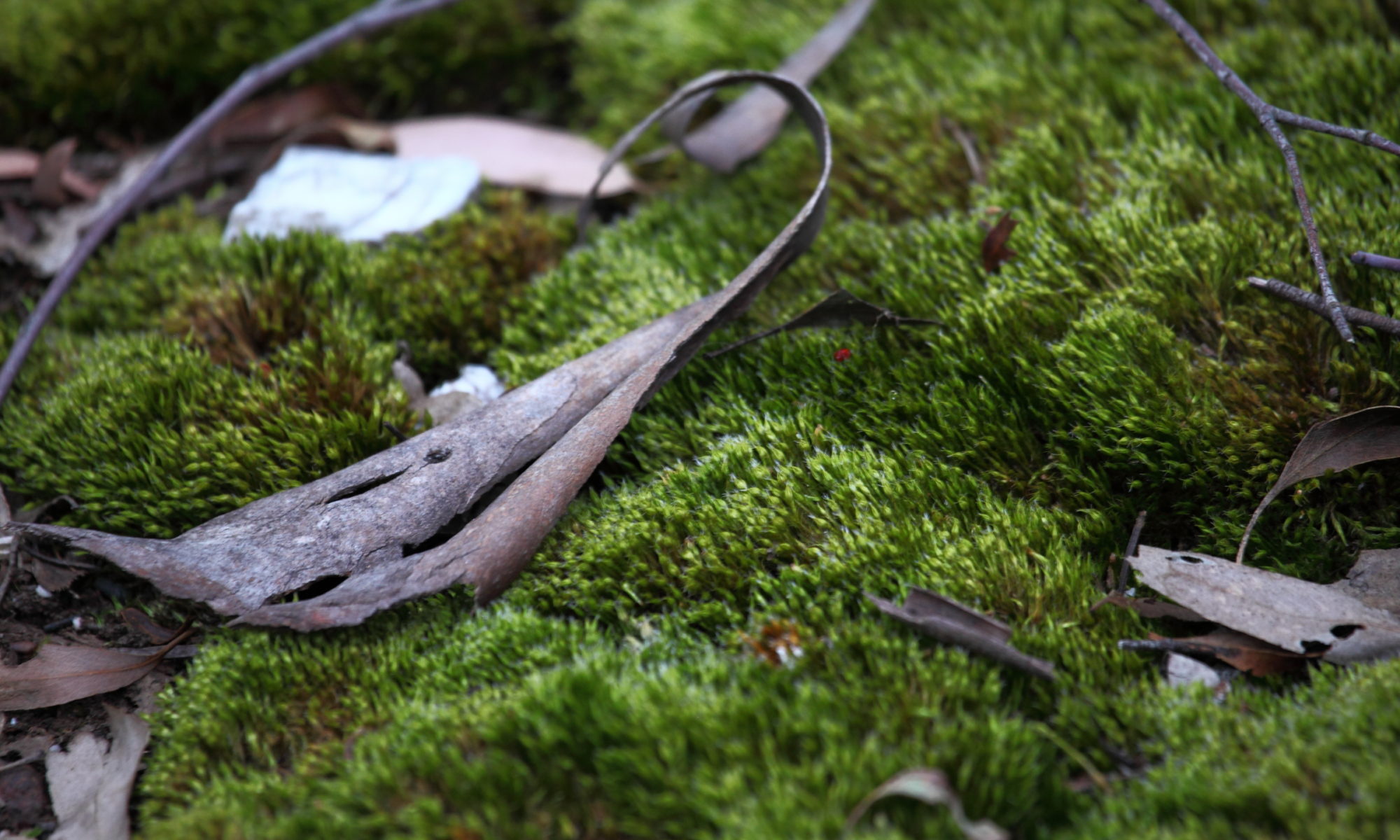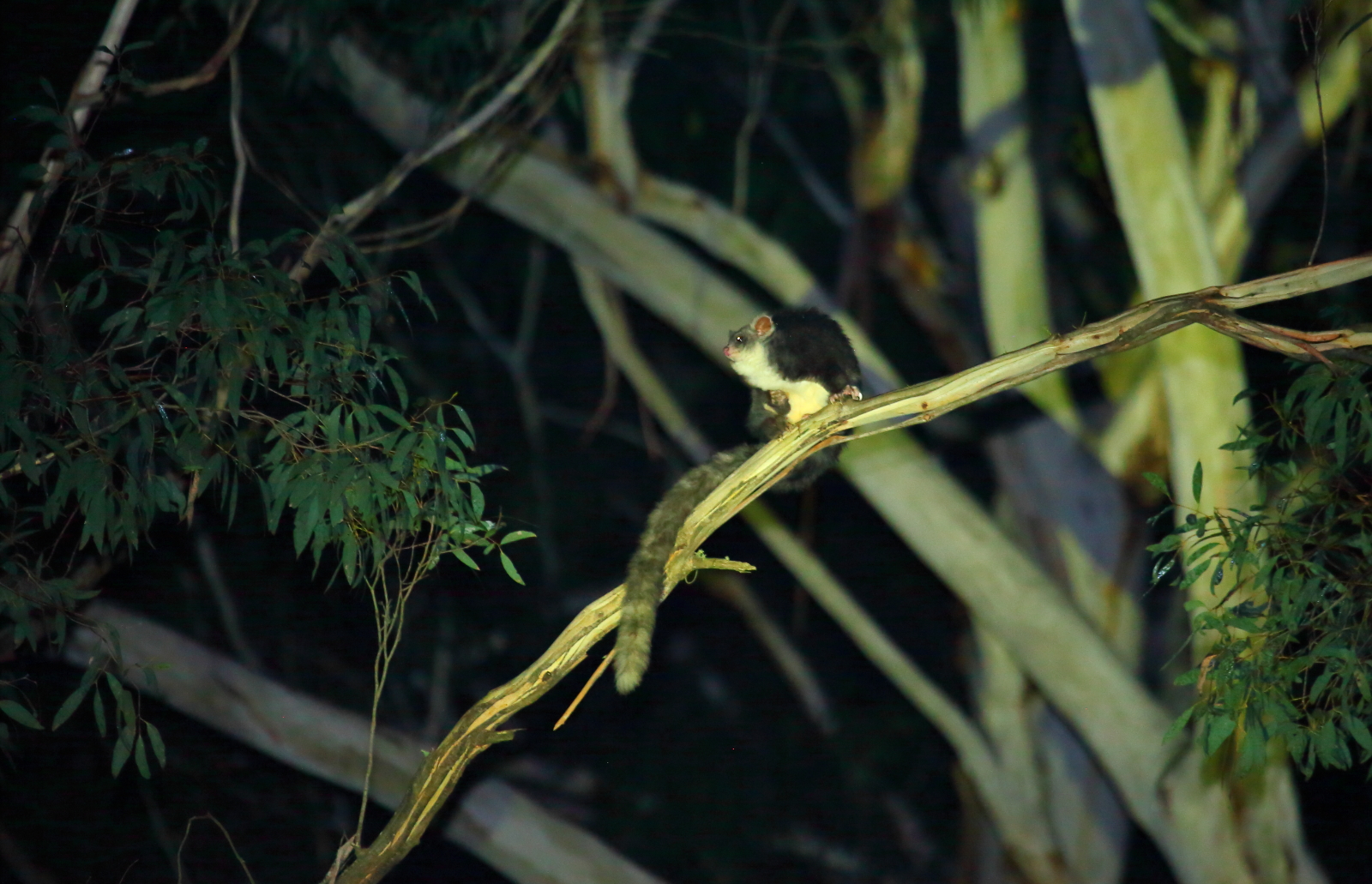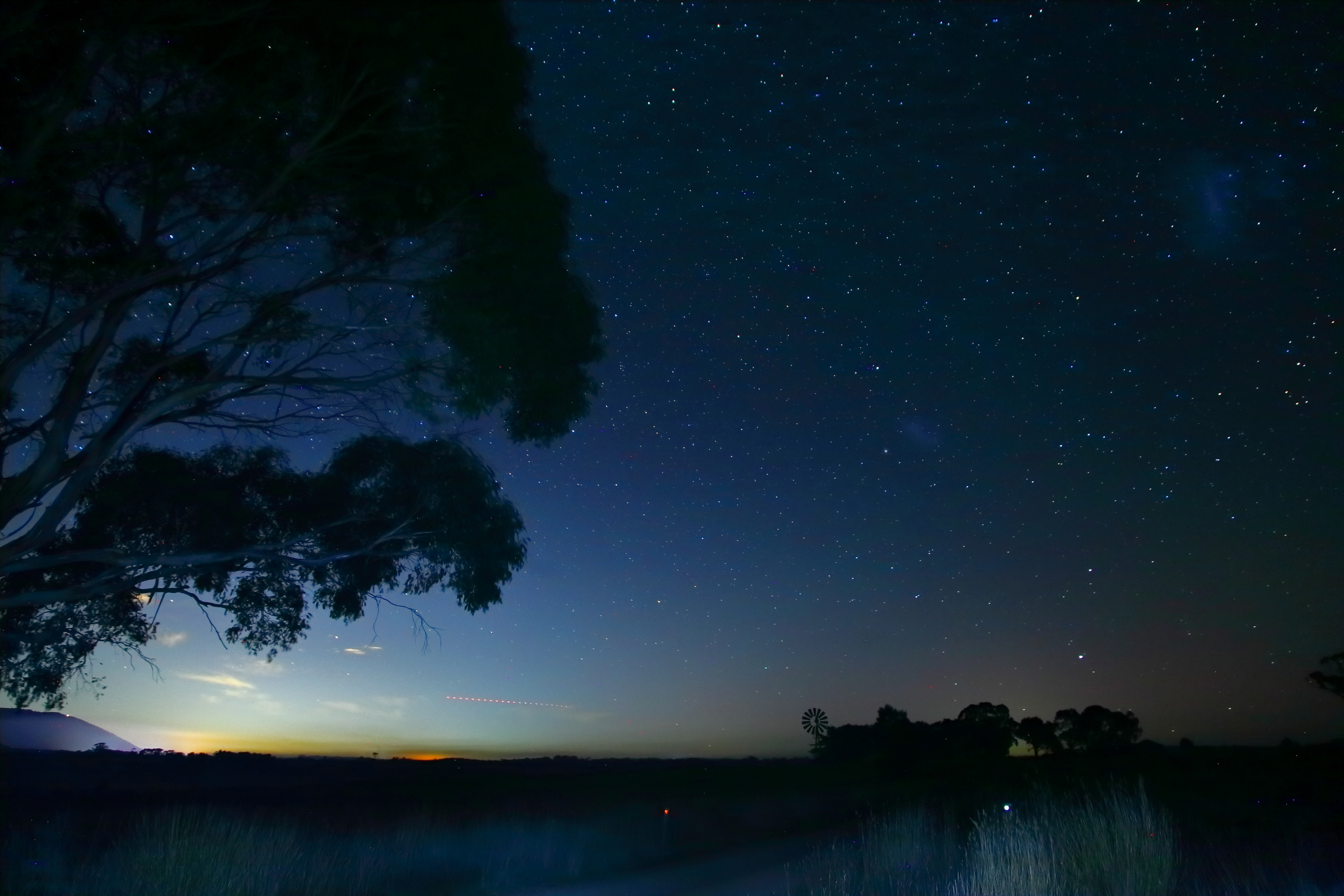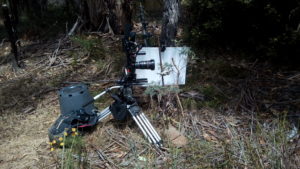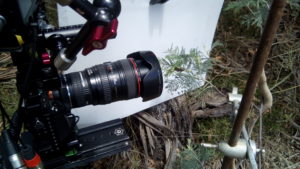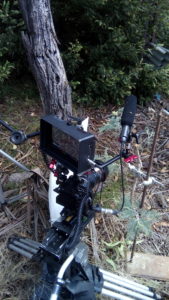Well today I got lucky and was able to film an Echidna just doing its thing wandering about the forest and feeding. While I was out I got to thinking that this would make a good behind the scenes post.
So how do you film an Echidna? Very carefully, boom boom. Seriously the approach to getting close and filming most mammals is essentially the same. The upshot is you just need to become a non threatening part of their environment, that is become something they ignore and see you are not something to fear. But how do you do this? Don’t animals just run away? Well yes, but also no sometimes if you are lucky, careful and follow the rules you can literally get closer than your minimum focus. (at which point you just stop work and enjoy the moment.)
Ok, my basic ground rules are.
1. Do not stalk or try to sneak up. All wild animals are way more alert and in tune with what is going on around them than we stupid humans. Most of the time they will spot you long before you spot them. If they feel “hunted” even just for a photo they will run or in the Echidnas case, dig in and bury itself.
2. Move slowly, openly and never straight towards the animal and only when they can see you. No surprises. I usually walk in at about a 45 degree angle in the same direction as the animal is traveling so we would converge eventually. More often than not talking quietly to the animal. The logic behind this is the animal must think, “he is not following me and is not interested in me. He can’t be hunting me because he is making noise and seems focused on something else”.
3. Avoid eye contact. You want to keep the impression that you are just another creature sharing the same space. That your focus is not the animal, a glance yes, but only a glance especially in the early stages when you first make contact.
4. Let the animal come to you. Put yourself ahead of the animals path, don’t hide, just sit or stand and ignore the approaching animal. Talk to your self or the animal. Remember rule 3, feign disinterest.
5. RELAX. Chill out, don’t get excited, stay loose and relaxed. Remember move slowly at all times, never any sudden movement, enjoy the moment. Watching ants is always a good tactic to you appear not to be focused on the animal you are trying to share a space with.
6. Take your time. It will take as long as it takes but once the animal seems happy, ie not watching you, basically ignoring you, you can slowly start to film / photograph the animal and move with it. Again remember stay relaxed, move slowly and keep talking. You can end up way closer than you might think possible.
Just remember, it is up to the animal to accept you into their space, the choice is always theirs so respect that and don’t push and take your time. If they show signs of stress, back off and leave them alone, everyone has a bad day. If the settle down don’t break the trust you have established, it is so easy to go from hero to zero with just one quick thoughtless movement. Once you have your shots let the animal just wander away from you before you move on.
So to today with Spikey the Echidna, I spotted it having a drink. I surprised it as I was not aware it was there and it immediately moved away and so did I leaving in the opposite direction to the Echidna. I noted its direction of travel and then hightailed it off (walking slowly) for the camera gear. When I came back, about 10min later, I approached from a totally different direction ie from where I saw the Echidna heading. I spotted it and immediately stopped and let it see me, talking quietly. It came to within about 15m of me and veered away and around me, but still heading in the same basic direction. I let it move about 25m away to where I could barely see it. Then moved slowly out and ahead if its path again so it could see me. This time it came closer, before veering away but I could tell I was winning. This process happened several times more, each time it came closer than the last and was more relaxed. I was able to move position in plain sight of the Echidna and it just kept doing its own thing. All the time I am talking, making sure it knows where I am, and where necessary watching ants to chill out. This is where experience comes in, I could see the point it had accepted me as a neutral part of its landscape. It had taken about an hour and a half, but now I was able move at will, never straight toward the Echidna but into its path. Every move it came closer and closer before angling away. Finally it came under minimum focus and straight past the tripod, totally ignored by me. This is the magic moment you hope for. All done with a little time, patience and gentle persistence.
I then stayed with Spikey until he/she went through a fence. I had more than enough shots and called it a day letting the Echidna wander off before I moved away. What a thrill, trusted by a wild animal with a ticket to its world for a couple of hours. Days like today leave me feeling so good, it is why I love what I do. Thanks Spikey, see you again sometime soon I hope. Stay safe little friend.
